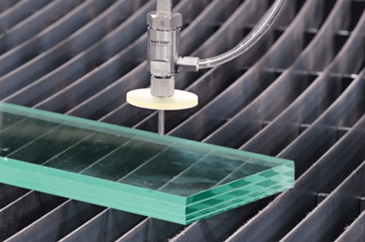 Waterjets cut the widest variety of materials of any cutting tool while consistently delivering superior precision and flawless first-cut edge finishes. The material being cut is usually purchased in sheets and laid directly upon metal slats that are supported above the catch tank.
Waterjets cut the widest variety of materials of any cutting tool while consistently delivering superior precision and flawless first-cut edge finishes. The material being cut is usually purchased in sheets and laid directly upon metal slats that are supported above the catch tank.
However, the spacing between the slats may be too wide to catch small parts, the material being cut may be soft and prone to sagging, or the steel finish of the slats may mar the material’s surface finish during loading or via backsplash that occurs during the cut.
These can be serious problems and to remedy these issues, waterjet “bricks” can be deployed with both water-only and abrasive waterjet cutting. Let’s explore what these bricks do and when you should use them.
Small Parts Cutting, Material Support, and Splash Back Control
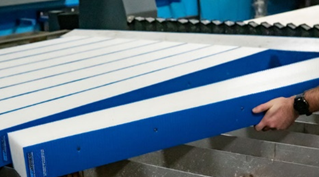 In order to be effective, waterjet bricks are placed directly upon the metal slats of the waterjet table. They are easy to install and do not require any additional hold down methods. They are also easy to replace if they become damaged during cuts. Waterjet bricks may be manufactured from a variety of materials based on the unique requirements of the material being cut. However, most utilize high-density polyethylene (HDPE) corrugated plastic with a laminated flute pattern to minimize splash back while keeping used water and debris away from critical parts.
In order to be effective, waterjet bricks are placed directly upon the metal slats of the waterjet table. They are easy to install and do not require any additional hold down methods. They are also easy to replace if they become damaged during cuts. Waterjet bricks may be manufactured from a variety of materials based on the unique requirements of the material being cut. However, most utilize high-density polyethylene (HDPE) corrugated plastic with a laminated flute pattern to minimize splash back while keeping used water and debris away from critical parts.
Standard brick dimensions are 4-inches tall, 6-inches wide and 48-inch or 96-inches long. This modular approach allows you to rotate the individual brick position or replace individual bricks as they wear.
Waterjet bricks serve a few essential purposes: they catch small parts that would otherwise fall through the slats into the catch tank, support materials that tend to sag or require additional support to avoid breakage, and control splash back that may mar the surface finish.
Small Parts Cutting
Cutting small parts on any cutting system regardless of type (laser, plasma or waterjet) creates challenges as small parts tend to be lighter and prone to jostle once cut free from the main sheet. This creates risks for the finished parts to fall through the supporting slats.
To avoid this risk, tabs are often programmed into the cutting program and the part is never fully cut from the main sheet. However, this requires a secondary operation to remove the tab and break the part free. By placing the material directly upon the bricks, a solid surface is created that captures all parts regardless of size. Material retrieval is simplified in the process and parts may be fully cut without having to break tabs during a secondary operation thus reducing time to finished product.
Material Support to Eliminate Sagging
Parts cut with water are frequently cut from full sheets of raw material placed directly on the slats of the catcher tank. Rigid materials such as steel, composite, granite, etc. do not typically sag and the resulting cut remains consistent across the sheet. However, flexible and soft materials may not support themselves over large spaces and can flex or sag. This sagging may create unwanted variation in the cuts and may negatively impact both cut dimension accuracy and finish quality. Waterjet bricks provide a solid surface that eliminates sagging of flexible or soft materials and provides support when cutting brittle materials that tend to splinter or break during cutting when bricks are not used.
Splash Back Mitigation
Splash back occurs during cuts when the stream deflects off the steel support slats on the catcher tank and back onto the piece being cut. In most instances splash back does not mark the work piece. However, with softer materials or materials susceptible to scratching like laminates and glass it may damage the part by scarring or clouding it making the part unusable. The design of the bricks allow for the water stream to be absorbed by the brick and practically eliminates the risks created by splash back.
What Features to Look for in Waterjet Bricks
There are many brick styles, each boasting a unique value to your process. Consequently, you may find it necessary to use different types to enable you to process the largest number of materials. As a general guideline, look for the following features and characteristics to ensure the best results.
- Durable materials: Waterjet bricks are reusable over many cuts, however, eventually degrade and require replacement. High-density materials are an excellent choice because they withstand the cutting pressure and abrasion of the cutting process better and produce less sacrificial debris your filters must remove from the cutting water supply later.
- Manufacturing process: A multi-layer construction connected by thermal welding reduces the amount of material separating from the brick during the cuts and often produces the most durable and practical bricks.
- Level, smooth surface: To provide complete material support, create a homogeneous surface, flat without any patterns or openings. Various brick lengths allow you to create a smooth surface across the full span of the table.
- Size options: To support maximum cutting flexibility, look for a manufacturer producing waterjet bricks in assorted materials and sizes.
- Proven splash back mitigation: Look for products with documented successes in mitigating splash back.
- Support and warranty: Investigate the manufacturer’s reputation for providing support when needed and standing behind their products.
- Availability: Knowing where a company manufactures its products and the country of origin for its raw materials will give you an excellent idea of how easy getting products will be, especially in the face of future supply chain issues.
The Benefits of Using Waterjet Bricks
Using waterjet bricks in your cutting operations delivers significant benefits, especially when cutting small parts and soft or fragile stock materials. Key benefits include:
- Maximizes the range of stock materials you can cut, opening new markets.
- Increases cut precision in sensitive materials like plastic, vinyl, ultra-thin stock, and more.
- Practically eliminates back splash that may damage cut pieces.
- Cuts small parts without the need for holding tabs.
- Prevents small parts from falling into the catcher tank.
- Easy to use and reconfigure to accommodate different cutting requirements.
Talk to Jet Edge About Using Waterjet Bricks for Your Cutting Operations
Are you considering integrating waterjet bricks into your cutting operations? Jet Edge offers an array of bricks on its online store. Should you have any questions about the best bricks for your needs, call one of our engineers. We’ll be glad to answer your questions and help you increase the versatility of your cutting processes.
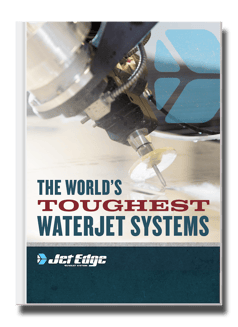
Check Out Our Digital Brochure!
Since 1984, Jet Edge has been designing and manufacturing Ultra-High-Pressure Water jet technology that doesn't back down. Our systems are used around the world in a broad range of industries from the world's leading airlines, to automotive, aerospace and industrial manufacturers, and machine job shops.
To learn more about the Jet Edge difference, our water jet motion systems, pumps and much more, click the button "Download Brochure" to get it now!

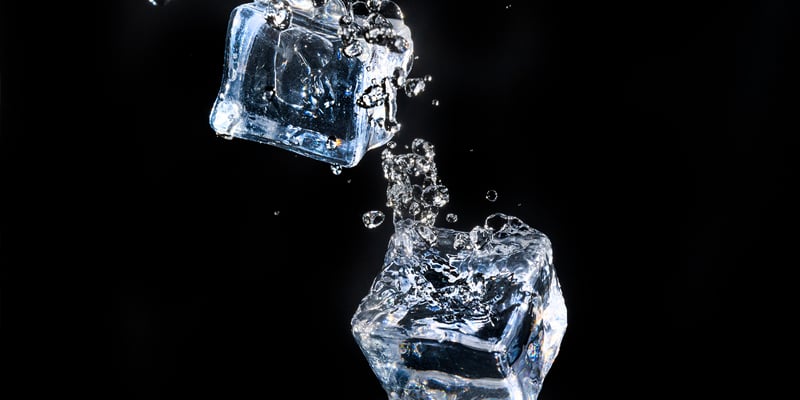

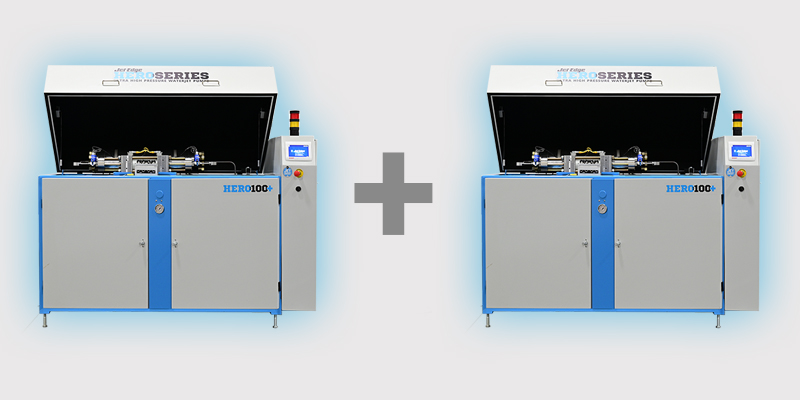

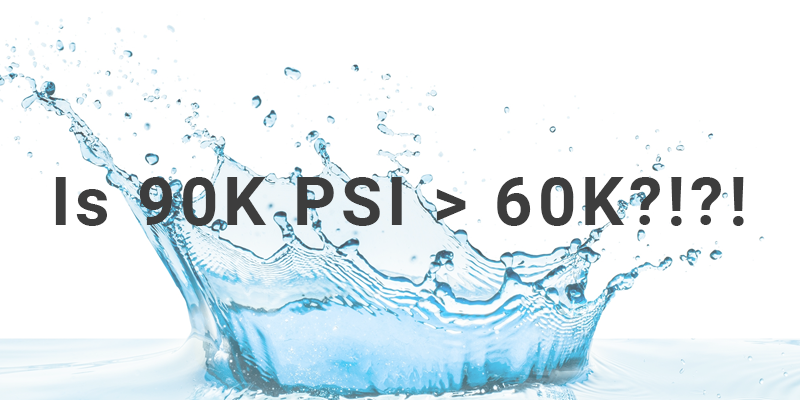
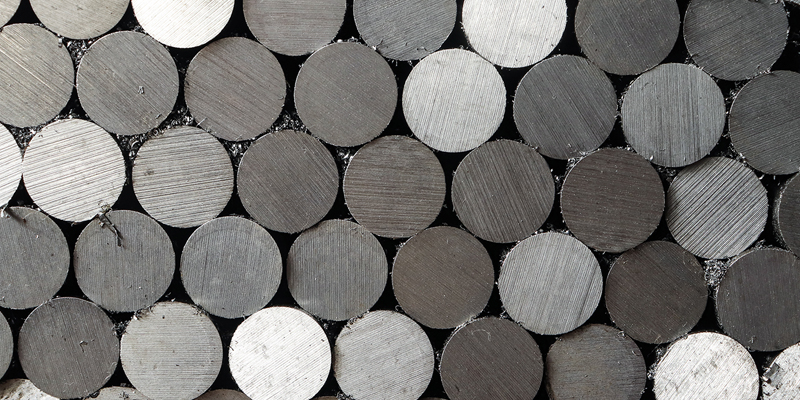
%20-%20Jet%20Edge%20Waterjets.png)



